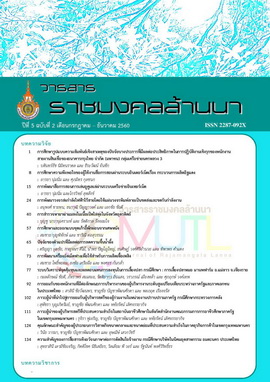The Development of Wireless Power Transfer using PCB Resonators
Main Article Content
Abstract
Conventional wireless power transfer using coil series with external capacitance during transfer power the capacitance is stress high voltage so the capacitance can be damage. The objective of this study is the development of wireless power transfer using PCB as transmitter and receiver. Advantage of using PCB are lightly and low weight comparison copper coils. Square, Circle, Hexagonal and Octagonal trace are designed. They were tested to identify scattering parameter (S21) by using Network Analyzer that show the octagonal trace obtained the best S21. So, the octagonal trace is chosen to design as transmitter and receiver on double side board of PCB. Power transfer experiments were performed. From study results found that 1) Adjustment of frequency can increase output power comparison with constant frequency 2) Increasing inductance by increasing amount of PCB, adjustment frequency can increase output power comparison with constant frequency however, the power output less than case using double layer PCB due to increasing inductance is cause increasing of impedance so input current flow in transmitter side is deceased. The study results can be used in development of wireless power transfer using PCB as transmitter and receiver.
Article Details
How to Cite
Chayton, A., Panyawong, T., & Chaidee, E. (2017). The Development of Wireless Power Transfer using PCB Resonators. RMUTL Journal of Business Administration and Liberal Arts, 5(2), 24–39. retrieved from https://so05.tci-thaijo.org/index.php/balajhss/article/view/94740
Section
Research article
บทความวิจัยนี้เป็นของลิขสิทธิ์

